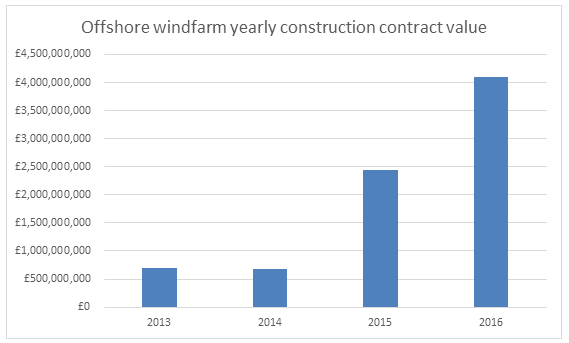Renewable energy developers will compete for £290m worth of contracts to support the growth of clean energy in Britain, as the second Contracts for Difference auction launches.
Contracts for Difference are won through a competitive process which drives down energy costs for consumers and guarantees companies a certain price for the low-carbon electricity they produce over 15 years. This gives them the support and certainty they need to attract investment and get projects off the ground.
The contracts made available today represent the first part of the Government’s commitment to provide up to £730m of annual support for renewable electricity projects over the course of this parliament. They support a key pillar of the Industrial Strategy by ensuring a cleaner, more flexible energy supply.
Energy Minister Jesse Norman said “This auction underlines that Britain is open for business to companies seeking to invest in low carbon energy.
“It is designed to deliver clean power to a million homes, create jobs in the energy industry and provide new supply chain opportunities, while reducing carbon emissions by some 2.5 million tonnes per year.”
The scheme is funded through a levy which forms a part of energy bills and only projects that offer the best value for money will win contracts. There is no cost on energy bills until projects are up and running and generating low-carbon energy.
The auction process started yesterday (3rd April) and will continue over the coming months. It is expected to draw to a close by the autumn, when the winners of the auction and final clearing prices will be announced.
There has been £52bn of investment in renewable energy in the UK since 2010, and for the first time ever exactly half of the UK’s electricity came from low carbon sources in the third quarter of 2016. The latest contracts will help the UK build on this success.






